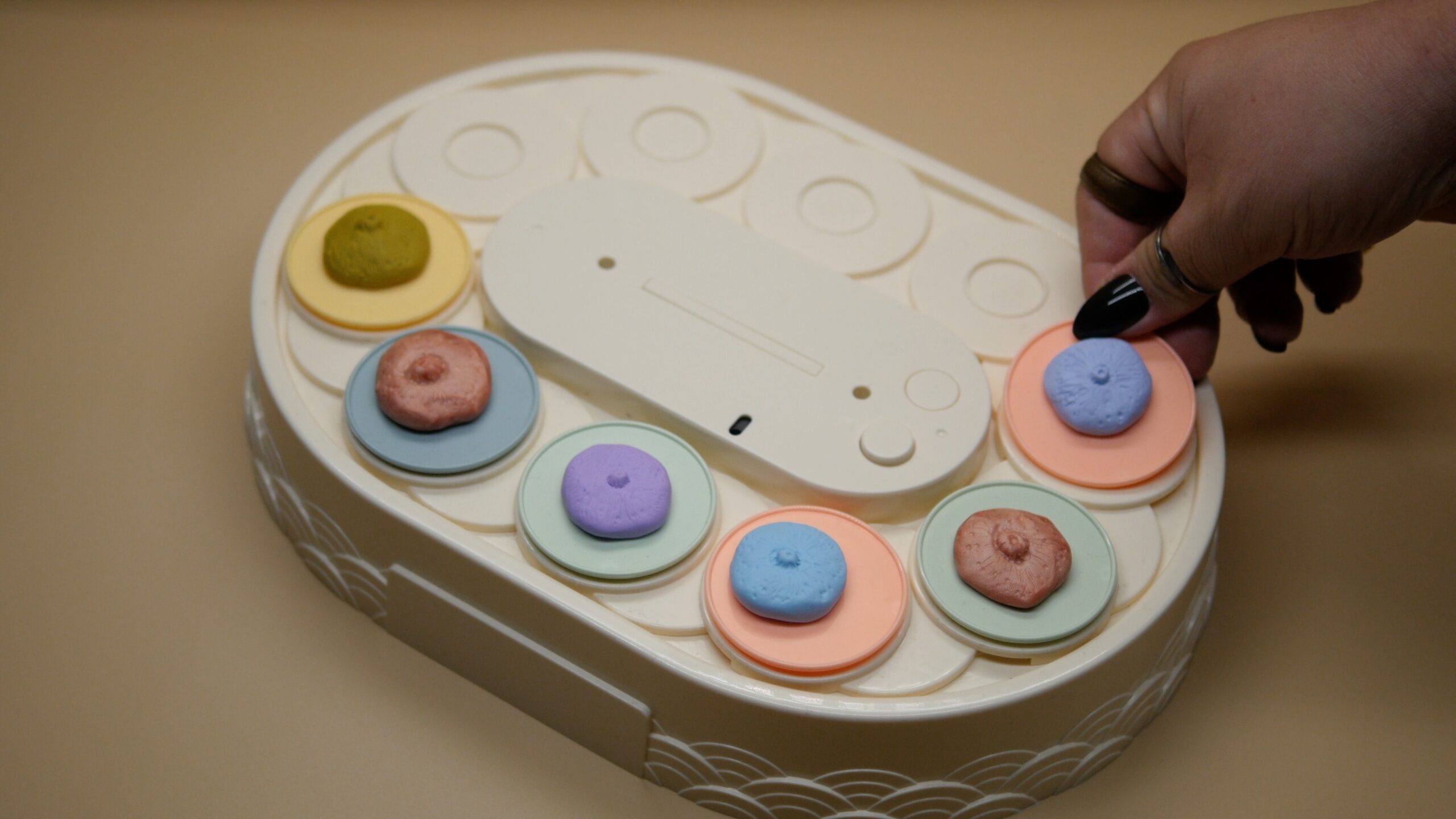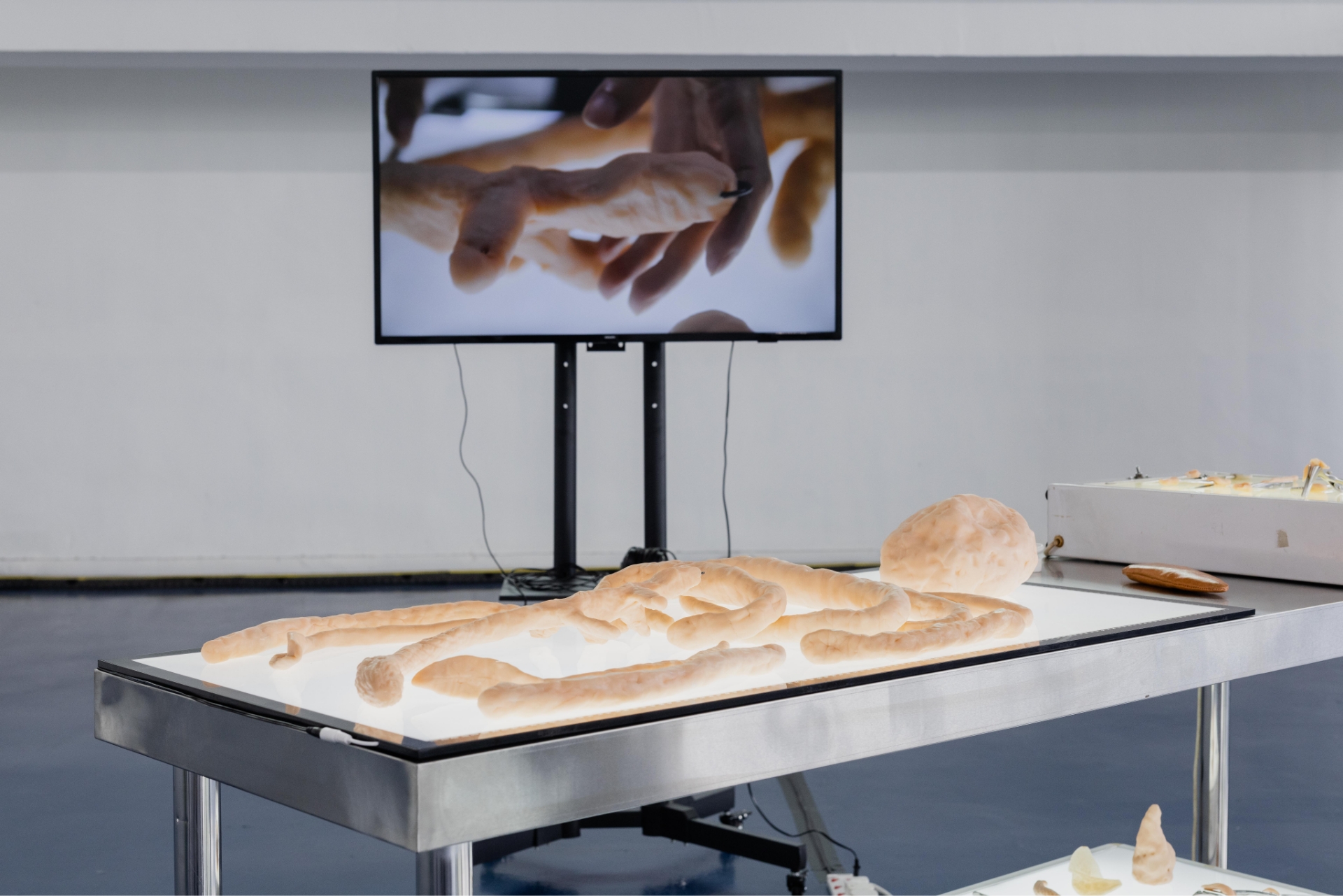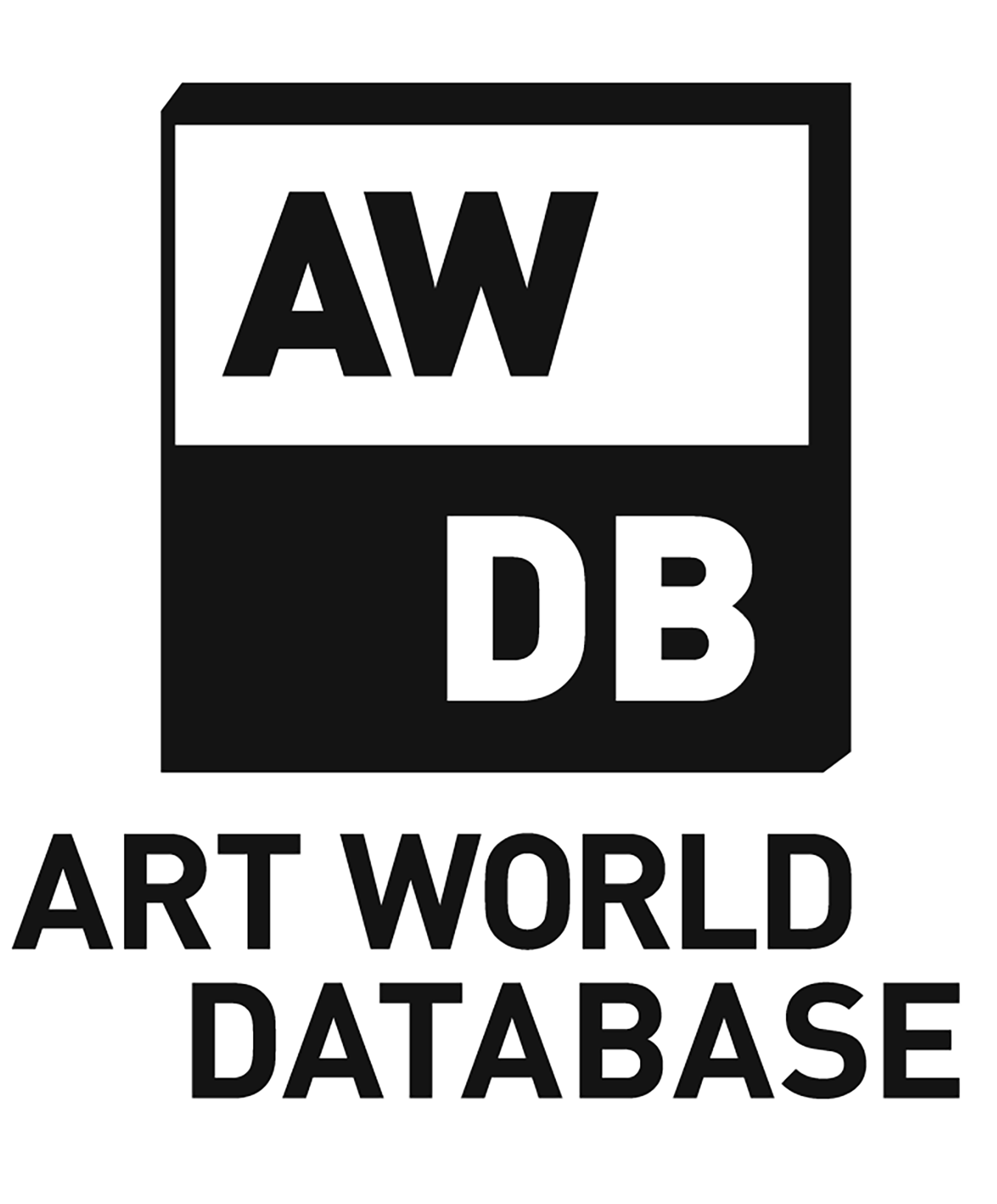AWDB speaks to Singaporean artists Moses Tan whose work communicates the melancholia of queer experiences. Tan’s practice encompasses drawing, video, and installation, often employing subtlety and abstraction to articulate narratives of desire and identity. His ongoing series, ‘hard Pills to Swallow’, uncovers queer histories of the past, intertwining them with the personal and often isolated experience of queer discovery.
In addition to his studio practice, Tan is the founder of Starch, an artist-run space in Singapore that foregrounds experimentation and care. Originally launched to support emerging artists, Starch is now expanding its reach by developing programmes that connect Singaporean practices to international contexts.
Lots of what you explore in your work and your ongoing series ‘hard pills to swallow’ concerns queer histories There’s a sense of longing for nuances or ways of being that don’t seem as vital for queer discovery today. What draws you to these histories?
The work ‘hard pills to swallow’ is a part of my more recent practice of rethinking or reclaiming a queer history that I felt was disavowed for me in my youth. In an older YouTube video (I can’t seem to pinpoint which), I remembered watching a queer individual who spoke about buying things that they felt weren’t “allowed” when they were younger. In some way, I found it quite beautiful how we can reclaim something that we wished for. With that, I also started thinking about what it means to be able to grow up in a world where desires were not denied or repressed for conformity. I became interested in uncovering histories that would have been helpful in a queer world, situated outside of chronological time that would have made a kinder, soft, inclusive world.

When working across different cultures and audiences, your work can take on different meanings—especially with something like your use of hair, which we talked about. How do you navigate those shifts in interpretation?
Before attempting to answer this, I wanted to first think through the idea of navigation and what that could mean. To borrow words from Patricia Reed: “ …the activity of navigation is inseparable from resetting and/ or questioning frames of reference for rendering conditions navigable in the first instance.” In some idealised way, I see my practice and the work I make as a part of disrupting familiarity (and normativity). In that sense, I am considering the potential for allegories to be flipped, unpacked, and coded through various ways of making and abstracting to derive a different context for reading, in a space where the rules created are unfamiliar, and with that, to hopefully create a different lens for reading.

How has being a queer artist in Singapore shaped your work, especially in contrast to your experience in the UK?
I remember a conversation with a senior artist back in 2017 for a show that I was preparing for that was being surveilled for its content, and I paraphrase:
“Welcome to being a queer artist in Singapore.”
This was an update about some discussions around my work with governing bodies and was about potential censorial issues. That has always been a core memory of my practice, especially since this happened outside the confines of a protected educational institution setting, and my first foray into a professional artistic practice.
In many ways and disarrays, my practice has been shaped by the environment of Singapore and personal histories, which are characteristics of multiple conditions. This was also the point of contention of my research during my undergraduate days at LASALLE College of the Arts, where I started thinking about melancholia, poetic resistance, and disavowals.
Having come to the UK, where queer art practices have been on a different level has then been refreshing given access to information is on a larger, broader spectrum. On another layer, the distance from home has also become a navigable space in my practice to unpack my relationship with the self, the state, and the environment and communities that I’ve been a part of, which has then been enveloped into what happens in my studio work.

A lot of your work is about queer desire, and being desired, which you manage to express in a subtle, non-explicit way. What influences your decision to convey these themes through more understated or indirect approaches?
Part of this condition might have been addressed in the previous question, wherein the necessity to translate some of these intentions in subtle, non-explicit ways was originally just a characteristic of conditions of production in a space like Singapore. Historically, if we trace artists working in fields of queer art, you’d see various navigational modes employed as ways of surviving censorial guidelines.
That said, I’ve also been interested in discussions about how artists have employed different strategies in representation, be it through botany, history, or corporeal abstraction. I also found these ways of allegorising powerful in providing layered meanings and open-ended readings that may also allow for effective reading, for various publics. In that way, which also ties in with what I mentioned earlier about familiarity and abstraction, I find an interest in subverting familiar symbols into uncanny situations, thereby rendering some of these into indirect translations.

Your recent work is shifting to incorporate drawing. What does this open up for you to explore that you haven’t previously?
Drawing was a large part of my practice in my earlier years, and I’ve always enjoyed the process of rendering and mark-making. While I still worked on it at the start of my career, other mediums became more apparent and immediate at later stages. I also started contending with this relationship I had with drawing. It was a tool for the representation of objects as still-life in an installation about cruising and then allegorical meaning-making and figuration of the closet in 2020 during a solo with Ames Yavuz.
In recent years, I started and fell in love with sculptural forms, which I saw as an organic step to take in my practice, and I found myself disconnecting from drawing as a main medium on a subconscious level.
On a slightly different note, I remembered purchasing my first pencil roll-up case from the Tate shop back in 2015 while on an exchange to London, which was the start of me collecting pencils of various softness and weight. Having moved to London to officially start an MFA program, I have purchased a similar case (I lost the old one some years back when I stopped drawing) and started my obsession with pencils again. This step back into drawing feels like I am developing a slightly different relationship with drawing, while still attuned to the muscle memory that I still possess. And in regards to my work, I now see drawing as an allegorical device that I can use combined with other things that I make to develop more layered installations.
Moses Tan is based in London, United Kingdom. Stay up to date with his upcoming exhibitions via the AWDB website, under the events tab.
INTERVIEW COURTESY OF ART WORLD DATABASE AND MOSES TAN, APRIL 2025.


